More than ten years of knowledge and experience, in one place. Here is my Alternative Tallinn Travel Guide.
Discovering Estonia for myself has been one of the greatest personal journeys I have ever embarked upon. Over ten years later and I’m still exploring and finding new, exciting surprises.
I built this website to share my passion with you.
Whether you love abandoned buildings, ghost stories, forgotten neighbourhoods, quirky stories from the historical archives or you’re just looking for free WIFI, Hidden Tallinn has got you covered.
If you are the kind of traveller who likes to do things differently, explore with an open mind and swap out generic experiences for adventure, then you’re in the right place.
Welcome to Hidden Tallinn: your adventure starts here!
Tallinn Trivia
Here are some basic facts that might come in handy if you’ve never been to Estonia or Googled “Tallinn” before.
Generic Tallinn facts:
- Population: 426,538 (as of 1st January 2017)
- Location: Northern Coast of Estonia, 80km south of Helsinki
- Language: Estonian (English and Russian widely spoken)
- Currency: Euro
Still with me?
- Demographics: Estonians – 53% , Russians – 36 %, Ukrainians – 3%, Other – 8%
- Weather:
- Summer – pleasant, warm (18-25°C avg. 30°C highs), some thunderstorms
- Winter – bloomin’ cold (0°C, -10°C, -20°C and maybe even -30°C. Yeah, bring your coat). It’s beautiful though (forests covered in thick snow, the frozen Baltic Sea and cozy bars/cafés). There are fewer tourists, which mean a more authentic and adventurous travel experience
- Geology : OK, now I’m going too far. If you’re still with me and you’re loving these facts, the guys at Wikipedia have got you covered
Cool Facts that you may not know
Now it’s time for the cool stuff. Here are a few facts that you can use to impress your fellow travellers when you arrive. The alternative Tallinn travel guide starts here.
- The Devil got married in Tallinn
- There’s a statue of Sean Connery hidden in the Old Town
- Tallinn walks with a limp. The city has a long leg and a short leg (both are street names)
- A little deer gave the city its first name
- Estonia has over 2,000 islands
- Once upon a time, the world’s tallest building resided in Tallinn
- Estonia’s annual tourism numbers are larger than it’s population (one of the few countries in the world where this happens)
- 50% of Estonia is forest
- Public transport is free… for locals (all the more reason to come and live here!)
- Singing is a big deal here (Check out the Singing Revolution, National Song Festival, Estonia’s obsession with Eurovision and a nation with largest collection of folk songs in the world)
- Wearing reflectors is a legal requirement in winter
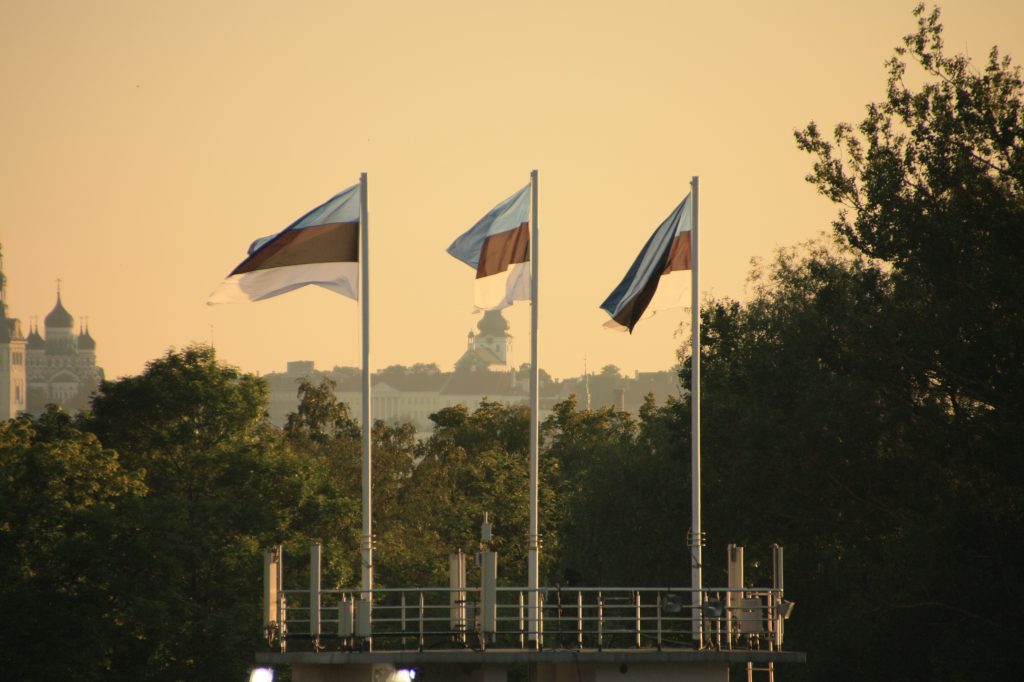
The Old Town
My Alternative Tallinn Travel Guide starts in the UNESCO Heritage site Of Old Town. This place undoubtedly draws the vast majority of the crowds and is a perfect place to start. Although the character of the Old Town has changed since I first laid eyes upon it in 2009 there is no question that it is still one of the most beautiful medieval towns in all of Europe.
Toompea Hill became a settlement for the early Estonians over 800 years ago. At this time, the only buildings were on top of the hill and the coastline was much closer to the town than it is today. In 1310 the city walls were expanded to the lower Old Town and the city started to take on its more contemporary shape. During Swedish rule, three large soil bastions were built around Old Town, dramatically altering the landscape. Empires have come and gone over the centuries but many of the towers, fortifications, churches and streets have survived.
Exploring Old Town
What’s the best way to explore Old Town? Ditch the map, grab your your camera, look around at night and embrace the lost art of exploration. Getting lost among the old cobbled lanes is the ideal way to absorb the atmosphere of Tallinn’s medieval core.
That is the advice I would give to a regular Old Town tourist, but you’re not a regular tourist? If you want to discover the “hidden history” of the Old Town, how about trying to find some myths and legends?
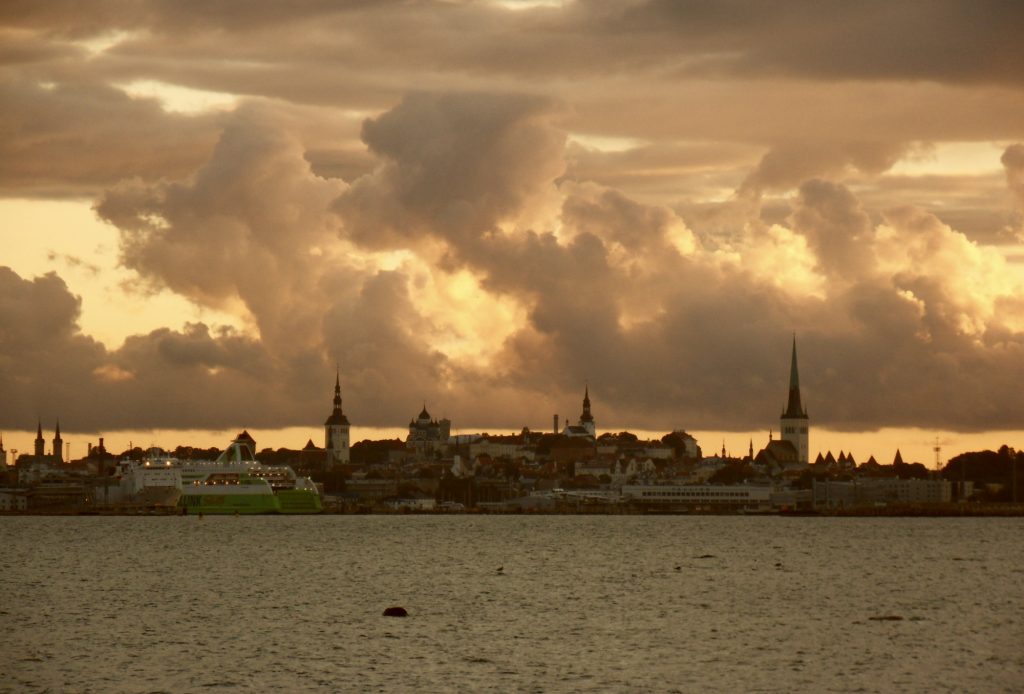
This is the first photograph I ever took of the Old Town (in 2009), before I had even set foot on Estonian soil.
Myths, Legends and Ghosts
Now you’re talking! Old Town is undoubtedly beautiful but us travellers are not that shallow. We want to get beneath the surface of the old medieval city.
In 2011, I wrote this…
“Tallinn’s beauty is not only skin deep; there is a ‘hidden history’ running parallel to the physical realm of medieval churches and cafe culture. This history is not based on archives and artefacts, but on a more romantic premise of storytelling and word of mouth. Tallinn is a city built on folklore and for those keen enough to explore and delve into this ‘hidden history’, the rewards are numerous. Leave the guide book at home, this is the real Hidden Tallinn.”
Couldn’t have put it better myself.
How to discover the Myths and Legends of Tallinn Old Town:
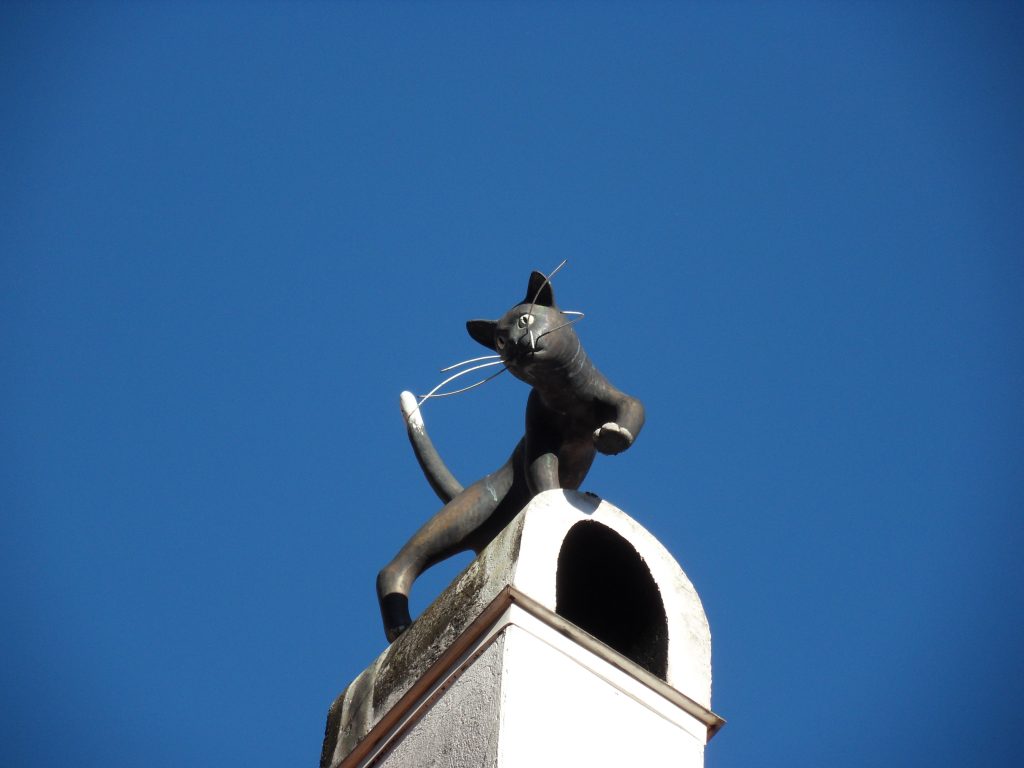
Tallinn’s Old Town Has Secrets: Come and Discover Them!
Tallinn’s Old Town is full of stories—some well-known, others hidden in the shadows of its medieval streets. If you love uncovering the secrets of the past, join me for a Hidden Stories of Old Town tour! We’ll wander through mysterious alleyways, dive into forgotten legends, and bring history to life in a way you won’t find in any guidebook. Book your private tour below.
The Neighbourhoods of Tallinn
Kalamaja
Today, Kalamaja is known as the hipster neighbourhood in Tallinn. Wooden houses, cafés and cool people give Kalamaja a neighbourly vibe.
However, many don’t know that this suburb is actually the oldest in Tallinn and the location of the city’s very first factories. The name Kalamaja literally translates to “Fish House” because Baltic Sea fisherman were the first to settle here in the 1200s. The neighbourhood has actually burned down three times in its history leading to several large rebuilds and various visions of what the suburb could look like. The famous wooden houses of Kalamaja were built mainly for the workers of Tallinn’s first factories. Today they have been preserved and have become very sought-after properties for modern Tallinn residents.
The coastline of Kalamaja is like a timeline of the history of Tallinn. From the old fishing industry structures to a WW1 submarine factory, an infamous prison and an abandoned Soviet concert hall, there are countless stories to uncover here.
Places to visit
- Telliskivi Creative City: the former Kalinin Factory of Science, converted into a modern commercial and cultural space
- Patarei Prison (currently under renovation but you can still walk along the promenade and see the outside of the building for yourself, or you can read about it here)
- Seaplane Harbour Museum
- Kalaranna Beach: great place for a swim
- Noblessner, Volta and Franz Krull factory areas
- Kalma Saun: historic public sauna
- Balti Jaama Turg antique stores
- Some of the best food and drink in the city!

Discover Kalamaja’s Hidden Side
Kalamaja is more than just colorful wooden houses—it’s a neighborhood with a rich history, from its days as a fishermen’s district to its transformation into Tallinn’s creative hub. On my Kalamaja Walking Tour, we’ll explore its hidden corners, uncover forgotten stories, and see how the past and present intertwine in this ever-evolving area. If you love discovering the soul of a city beyond the usual tourist spots, this tour is for you! Book your private tour below!
Kopli
No alternative Tallinn travel guide is complete without mentioning Kopli. At the beginning of last century this district was a forest. Two giant shipyards brought industry and workers to this peninsula during World War One and the urban landscape of this northern Tallinn neighbourhood was changed forever. Kopli is a suburb largely built on industry.
In the early 2000s Kopli was also a scary place for many locals. Stories of crime and squalor were seen regularly on the news emanating from the infamous Kopli Lines; an area that has been called Tallinn’s last slum.
The future looks bright though as Kopl it looks set to become the new trendy area of Tallinn within the next decade. Problem areas like Kopli Lines have been renovated and many of the abandoned factory areas are being given a new lease of life. The neighbourhood is far more welcoming to outsiders today and, for me, remains one of the city’s most captivating neighbourhoods.
The full story of Kopli is fascinating. This district was also the first to feature in my ‘Forgotten Tallinn Series’.
Features
- Historic Buildings
- Wooden Houses
- Abandoned Buildings
- Occasional parties and events
- Parks and green spaces
- Local drunks
- New bars and restaurants
Places to visit
- Kopli Lines: former ‘slum’ recently renovated into a pleasant housing development
- Põhjala Factory: this former rubber factory has become the centre of modern culture in Kopli
- Stroomi Beach
- Bekker Water Tower and Shipyard: amazing industrial architecture, still preserved from the days on WW1
- Kopli Mountain: a few decades ago this was a huge rubbish dump, now it is one of the best viewpoints in the entire city
- Garage City: this is definitely off the tourist trail!
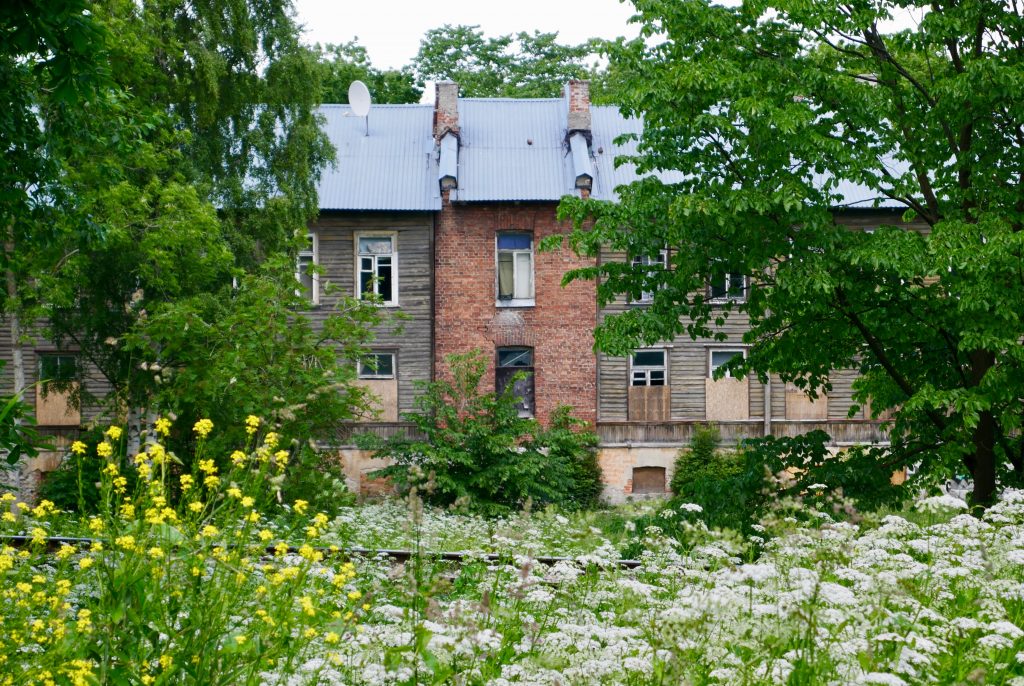
Explore Kopli’s Hidden Past
Kopli is one of Tallinn’s most intriguing districts. Once an industrial powerhouse, later a forgotten corner, and now a place full of stories waiting to be uncovered. Join me on a Kopli Walking Tour to explore its layered history, from tsarist shipyards to Soviet-era housing and the changing face of the neighbourhood today. If you’re drawn to off-the-beaten-path adventures, this tour is for you! Book your private tour below!
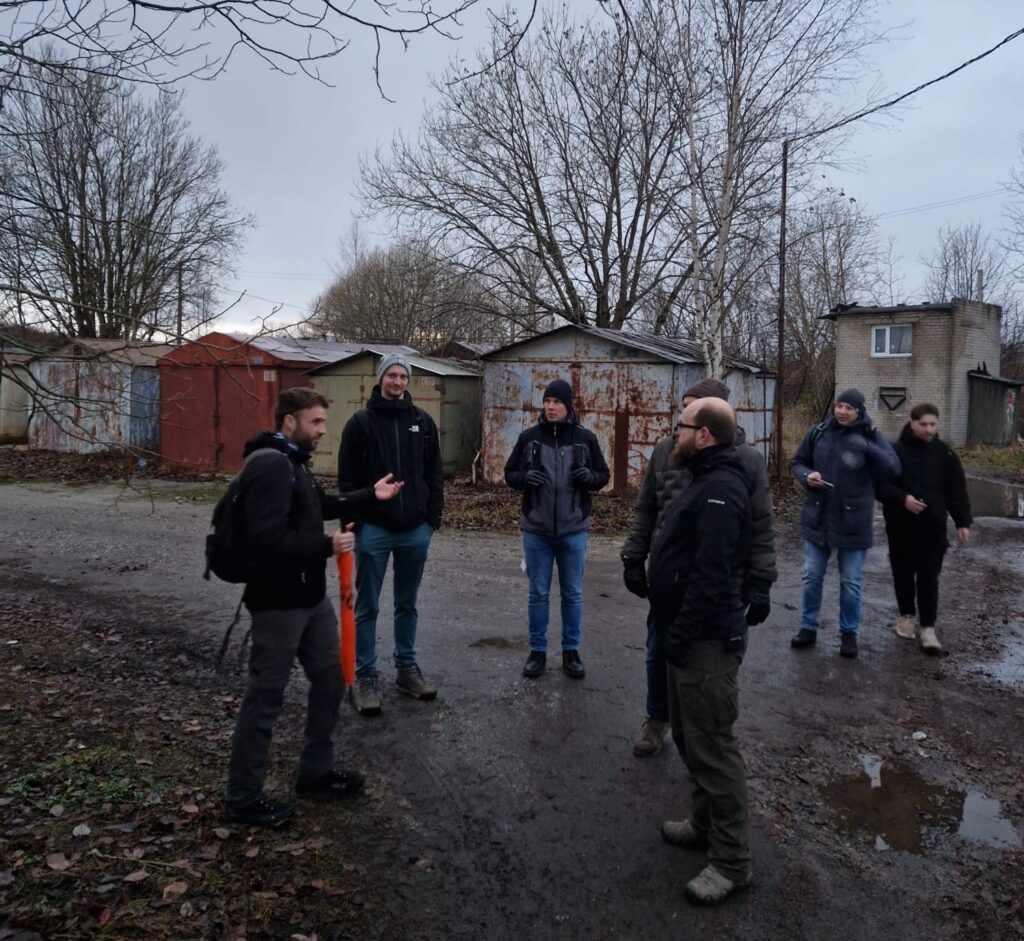
Pirita
One of the largest and wealthiest neighbourhoods in Tallinn. Despite its size, it has one of the smallest populations which means that there is plenty of nature in Pirita. Forests, beaches, a meandering river and several walking trails. Pirita is gorgeous.
As you explore Pirita you will notice that man residents here usually live in stand-alone private houses and mansions. Yeah, this is the suburb of the rich.
Places to visit
- TV Tower
- Pirita Beach
- Botanic Gardens
- Tallinn Olympic Sailing Complex: the Estonian capital hosted the sailing events for the 1980 Moscow Olympic Games. With a hotel for athletes, a harbour, cauldron for the Olympic flame and the logo of the Moscow Games, this whole area is a testament to the grandeur of the Soviet Games.
- Pirita Forest Hiking Trail
- Soviet Statues
- Maarjamäe Memorial: a complex dedicated to the soldiers of WWII with a recent addition for the victims of Communism in Estonia
- Coastal Bike Path
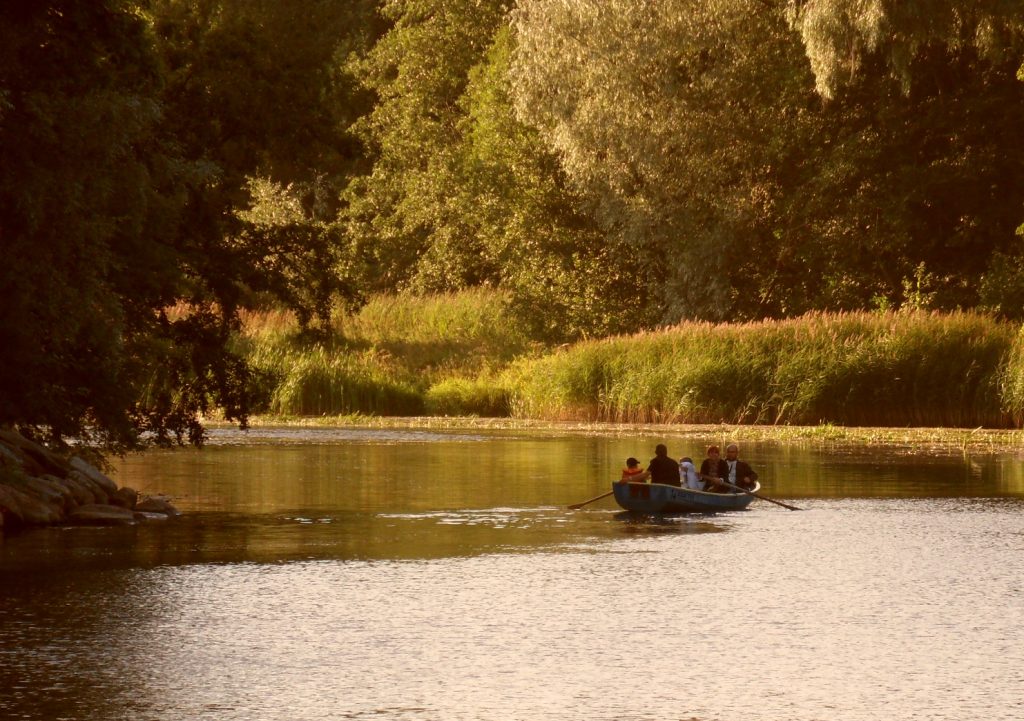
Kadriorg
The iconic area of Kadriorg Park is filled with very grand and decadent buildings. It’s no surprise that the president lives here!
Founded as the summer residence of Peter the Great in 1718, Kadriorg has many fascinating historical structures. The main palace is the original summer residence Peter the Great and is now over 300 years old, as is the famous Swan Lake. By the mid-1800s Kadriorg was a summer holiday resort for the richest of the rich in the Russian Empire. You’ll notice some of the fancy houses built by wealthy Estonian and German families and even an abandoned bathhouse close to Narva road. Some more highlights of Kadriorg include old lighthouse on top of the cliff, the original house of Peter the Great and the house of the Estonian president (built in 1938).
Highlights
Many locals enjoy grabbing a coffee and taking a simple stroll around the park. Whether it’s covered in snow or in the full bloom of summer Kadriorg is one Tallinn’s favourite destinations.
- Kadriorg Park: Swan Lake, the Presidents’ residence (check out the stone-faced guards that wait outside the door twenty four hours a day) Kadriorg Palace and the house of Peter the Great are some of the highlights
- Japanese Garden
- Russalka Statue
- KUMU Art Museum
- Song Festival Grounds
- NOP: one of my favourite cafés in the city

Honourable Mentions
NÕMME : once upon a time, this was a village. Over the years it was absorbed into Tallinn. Forested community, garden city, beautiful detached houses, historical centre with farmers market.
HAABERSTI : check out the Open Air Museum, Zoo (if you like seeing mistreated animals out of their natural habitat), Käkumae Beach and Rocca al Maare. Also a great place to come for a bike ride.
LASNAMÄE : another forgotten district. This huge construction project was started in the late Soviet days and completed in the 1990s. Tallinn’s most highly-populated district, high proportion of Russian speakers, Soviet-style apartment blocks, locations of Tallinn’s first airfield, fantastic view from the cliffs. After years of financial neglect, investment has started to flow into Lasnamäe.
MUSTAMÄE : a true trip back in time. Mustamäe was built in the 1960s and is Tallinn’s best example of a Soviet neighbourhood. It has the second largest population of all other districts, prefabricated apartment blocks dominate much of the landscape, pockets of green scattered around. At the time of writing, Mustamäe also has one of Tallinn’s best spas (Elamus: well worth a visit).
UUS MAALIM : community vibes, sometimes referred to as the “hippie district”, cool place to hangout, street festival in September. This is where I live.
Abandoned Estonia
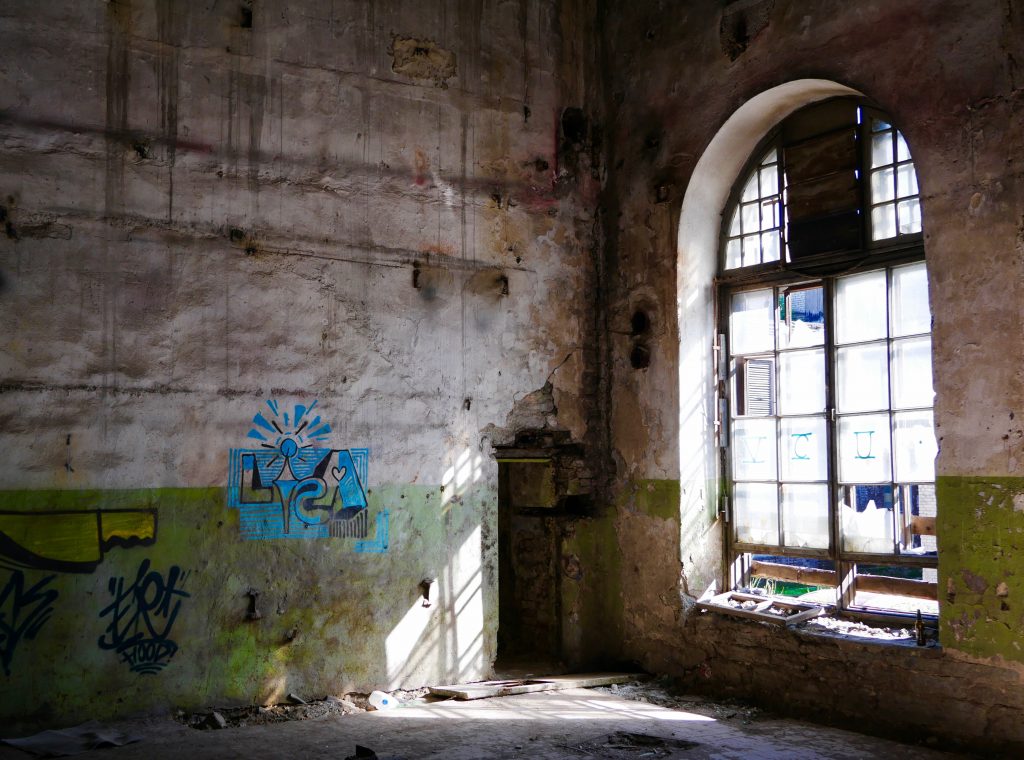
Tallinn is an urban explorers’ paradise. A mandatory topic for your alternative Tallinn travel guide. As economies shift, regimes crumble and people are emancipated, the remnants of the past are revealed. Tallinn is littered with abandoned places: factories, wooden houses, obsolete infrastructure and institutions of brutality.
All of these relics reveal a different side of Tallinn’s story. You can go and read a historical account or peruse through a museum, but this history is visceral, palpable, tangible. Don’t just read about the collapse of the Soviet Union, come and explore the remnants. Breathe in the dust-filled air, soak in the eerie silence and feel the still, musky atmosphere.
Urban exploration is for those travellers with a real sense of adventure.
8 Abandoned Places to Explore in and Around Tallinn
Naissaar Island: Abandoned Bunkers and Soviet Secrets
Abandoned Buildings and Wild Nature
An Unforgettable Day Trip
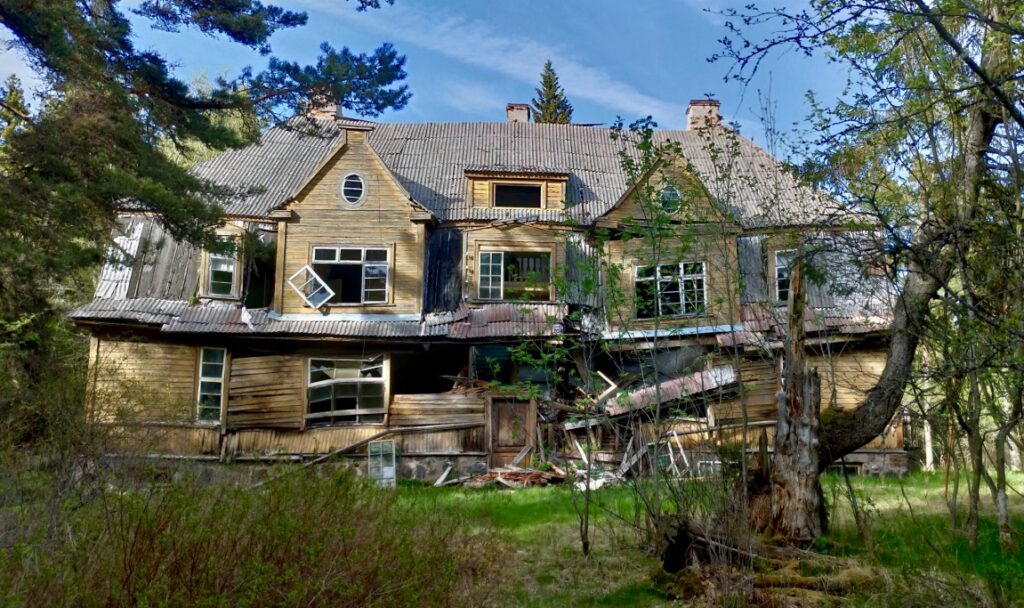
If you’re drawn to abandoned places and untouched nature, join me for a day trip to Aegna Island, where forgotten military ruins meet wild landscapes. We’ll explore crumbling bunkers, hidden structures, and the island’s fascinating past, all while immersing ourselves in its peaceful beauty. It’s the perfect adventure for anyone who loves abandoned places and nature. Book your Abandoned Tallinn tour below!
Soviet Remains
For many travellers, the Soviet Union is an unknown world, very different from their own, and therefore deeply fascinating. For Estonians, it was time a time of very mixed emotions, from the deportations under Stalin to the prestige of the Olympic games in 1980.
Despite the great sense of optimism and ambition that drives Estonia forward into the twenty-first century, the period of Soviet occupation cannot be easily erased. People here are generally happy to talk about their life in the Soviet days but from a city planning perspective, it seems that Tallinn is keen to ditch the post-Soviet aesthetic.
From the perspective of our Alternative Tallinn Travel Guide, the remnants of the Soviet era are still scattered all across modern Tallinn, providing a fascinating glimpse into the past. From grand monuments to residential complexes and space age factories to sports venues, the Estonian capital is a great place to explore the remains of the Soviet Empire. Each place tells its own unique story and gives us a clearer picture of how different Tallinn was just a few decades ago.
Soviet Architecture in Tallinn
The Soviet History of Telliskivi Creative City
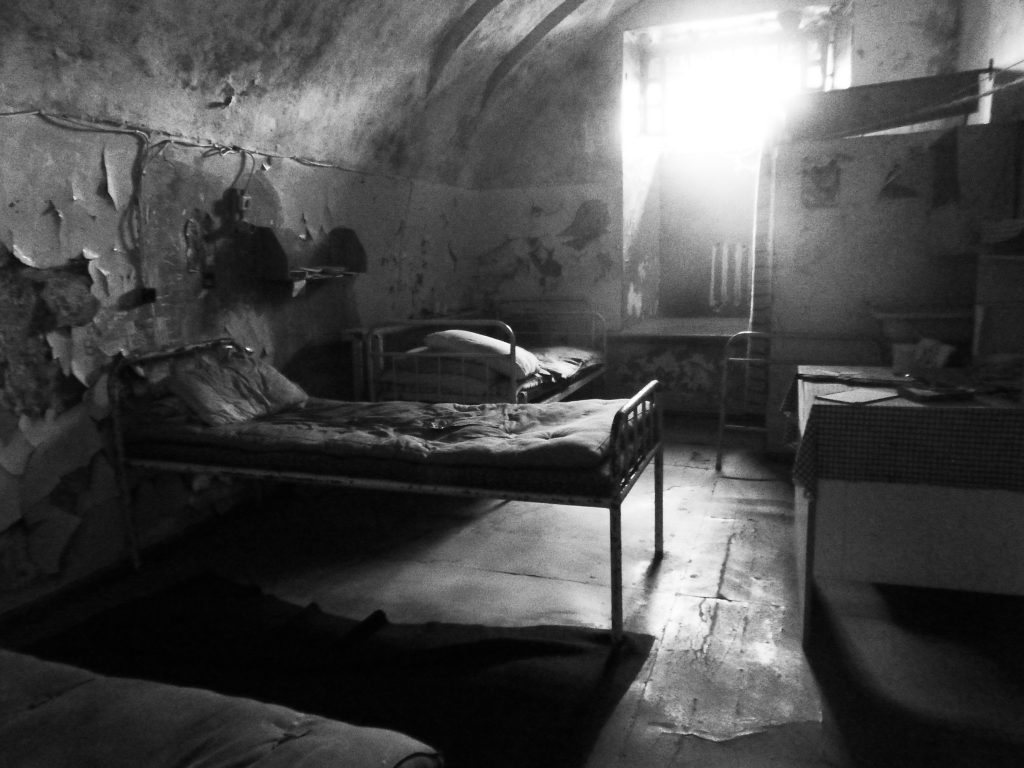
Explore Soviet Tallinn with Me!
If you’re curious to dive deeper into Tallinn’s Soviet past, why not explore it with me on a private walking tour? We’ll visit key locations, uncover hidden stories, and get a real sense of what life was like behind the Iron Curtain. Whether you’re a history buff or just love discovering the past in a personal, engaging way, this tour is designed to bring the Soviet era to life. Book your private Soviet Tallinn tour below!
e-Estonia and Re-development
Tallinn is changing faster than at any point in its history.
Most people know that Estonia is embracing the internet age and has become one of the most tech-savvy countries in Europe, but the extent of the progress is staggering:
- Internet access is considered a human right in Estonia
- Start-up Scene: Tallinn has become a hub for internet start-ups. Both Skype and Wise both began their journeys in Estonia
- The government is paper-free
- One of the most efficient online tax systems in the world
- e-Residency is re-defining citizenship in the 21st century
- First country to vote online
- Free public WIFI in many spots across Tallinn
- Kids are taught programming in school
As for Tallinn’s unquenchable thirst for construction, the legend of the old man of the lake says that if Tallinn is ever complete, the waters of Lake Ülemiste will rise up and flood the city so it can begin again.
The citizens of Tallinn appear to be taking this threat literally as there are countless construction projects throughout the city. Roads are being widened, apartments are sprouting like mushrooms in the forest, shopping malls are taking shape, cycle paths are being laid and previously derelict areas are on the hit-list for this giant restoration project.
Tallinn is changing day-by-day. Cranes dominate the horizon and pneumatic drills echo across the land as this city continues its unrelenting march into the 21st century.

Food and Drink
This is a HUGE topic that could easily form the basis of another “ultimate guide”. Generally speaking, Tallinn has many great cafés and restaurants but new places are opening so fast it’s almost impossible to keep up!
At the time of writing, here a few of my personal favourites…
A few of my favourite places to eat and drink – V and Ülo (for a nice evening out, maybe a celebration), F-Hoone, Burger Box, Kot and Kaja Pizza for delicious, well priced lunches and dinners, Põhjala, Tops, Vaat and Koht for beer, VLND has the best burgers and NOP is a great all-round establishment for high quality lunches, dinners and coffee).
Honestly, there are so many more options out there for eating, drinking and partying in Tallinn. Google, Facebook groups and old fashioned conversation are the best ways of finding out where people are heading.

Cycling and the Great Outdoors
One of my top alternative Tallinn travel guide tips is to get your own transport! My absolute favourite way to explore Tallinn is via a bicycle (or e-scooter if you have the Bolt or Tuul apps).
You can rent a bicycle yourself from City Bike, or if you’re crazy enough, you can Cycle to Estonia with your own bike!
As for routes, I wrote a post detailing the 5 best routes but for a more extensive user-driven list and route-planning, Komoot is another excellent resource.
…or, you know, just ride and let your inquisitive spirit guide you!
Snow and ice blanketing the city? Never fear – here is the The Adventurers’ Guide to Winter Cycling in Tallinn
If hiking, camping and the great outdoors are more your style, check out the guys at RMK for trails, information and free campsites.
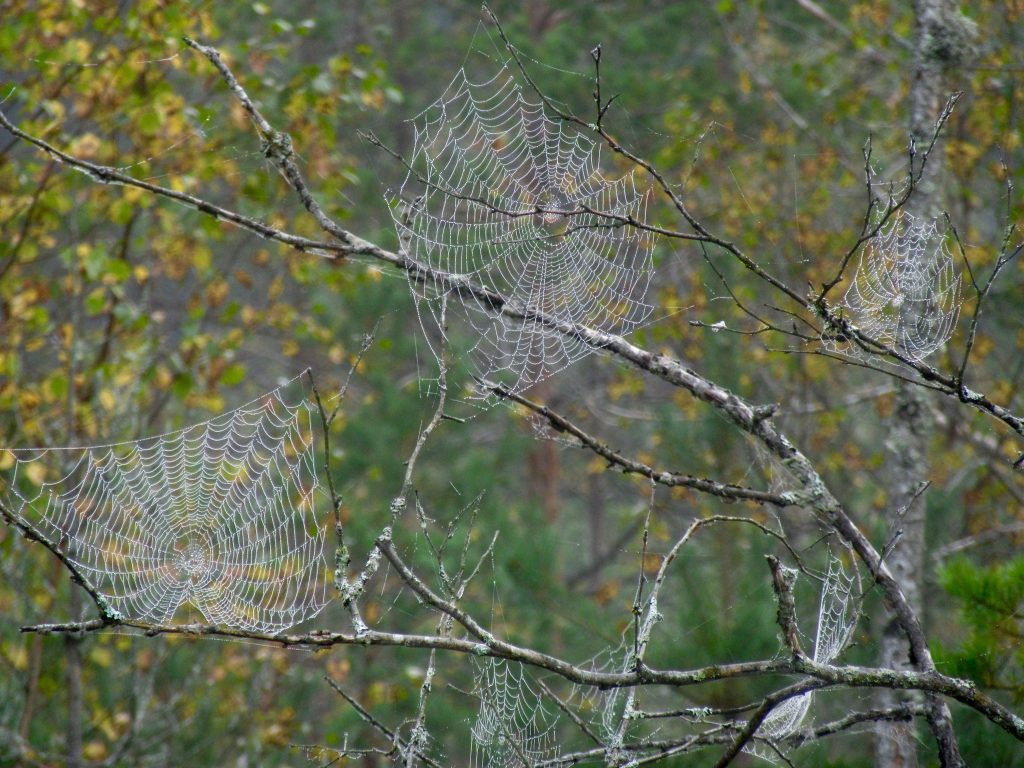
Day Trips
This is definitely a topic to delve into in a more extensive blog post, but I can offer you a list of my top picks for great days out. All of these destinations can be reached by a single bus, train or boat:
- Tartu: this famous university town is the European Capital of Culture 2024. Quiet, peaceful and filled with good people
- Pärnu: the summer capital of Estonia
- Haapsalu: the second best Old Town in Estonia and a cool railway station
- Narva and Eastern Estonia: a totally different world from the Estonian capital
- Aegna Island: no roads, no cars, great nature and abandoned buildings. My favourite day trip!
- Naissaar Island: abandoned bunkers, forests, hiking trails and beaches
- Lahemaa National Park: the home of the famous Viru Raba
- Helsinki: wake up for the early boat and you can be in the Finnish capital for breakfast. If the weather is good, grab a bike and explore the islands of Helsinki
- Paldiski: a former closed city during the Soviet days. Stunning natural cliffs, lighthouse and some remains from the nuclear submarine base days
- Waterfalls: Jägala and Keila-Joa are the two closest to Tallinn. Visit in winter to see the amazing frozen waterfalls, like natural sculptures.
I am aware that this is a very brief list. If you have any questions about logistics, if you require more information or if you want more ideas (and yes, I do have more) please feel free to contact me here.

Need a guide?
Finally, if you would like to see more and dig a little deeper, why not meet with me for a personalised Hidden Tallinn Walking Tour? Discover the secret stories Tallinn in a small, private group, chosen by you.

Phew! Over 2,000 words later and we have reached the end of my Alternative Tallinn Travel Guide. Did I miss anything out? Do you have any special local tips that didn’t make it into the guide?
Write them in the comments below so other travellers can be inspired to explore Tallinn in a more adventurous way!
Got any questions or helpful additions to this guide? Feel free to contact me directly.
Happy travels!
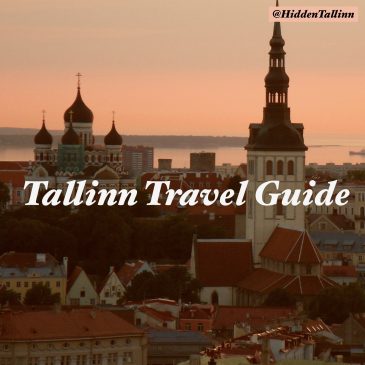
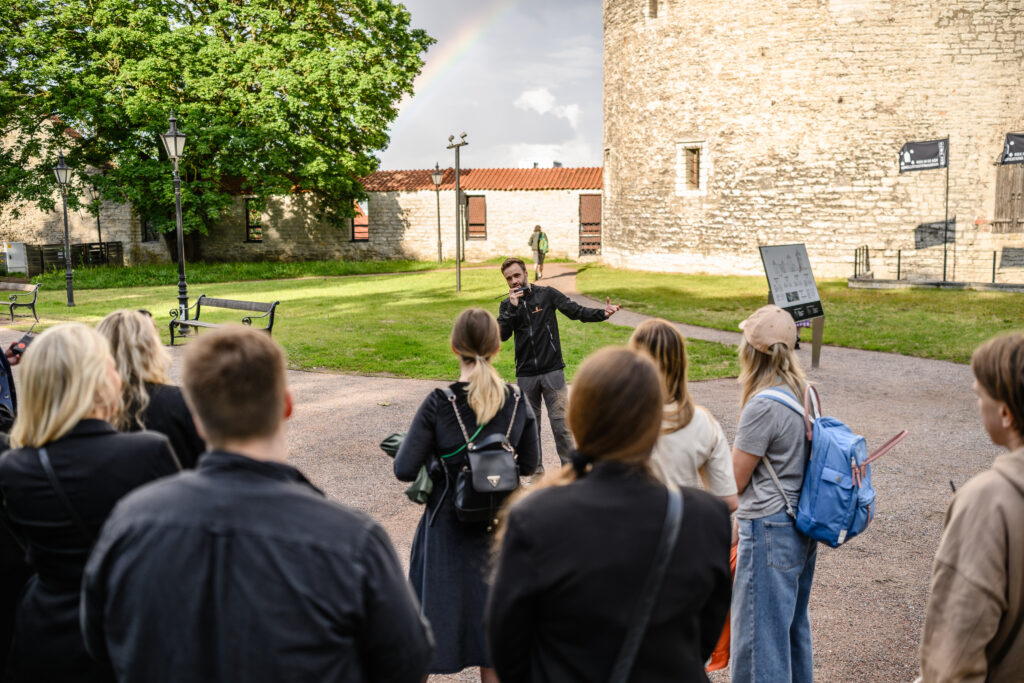

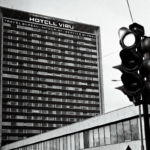

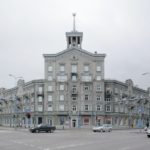
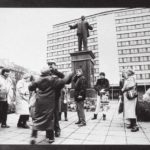
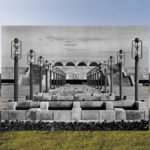
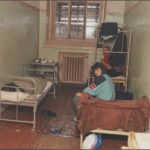
8 thoughts on “Alternative Tallinn Travel Guide: Discover the real Hidden Tallinn”